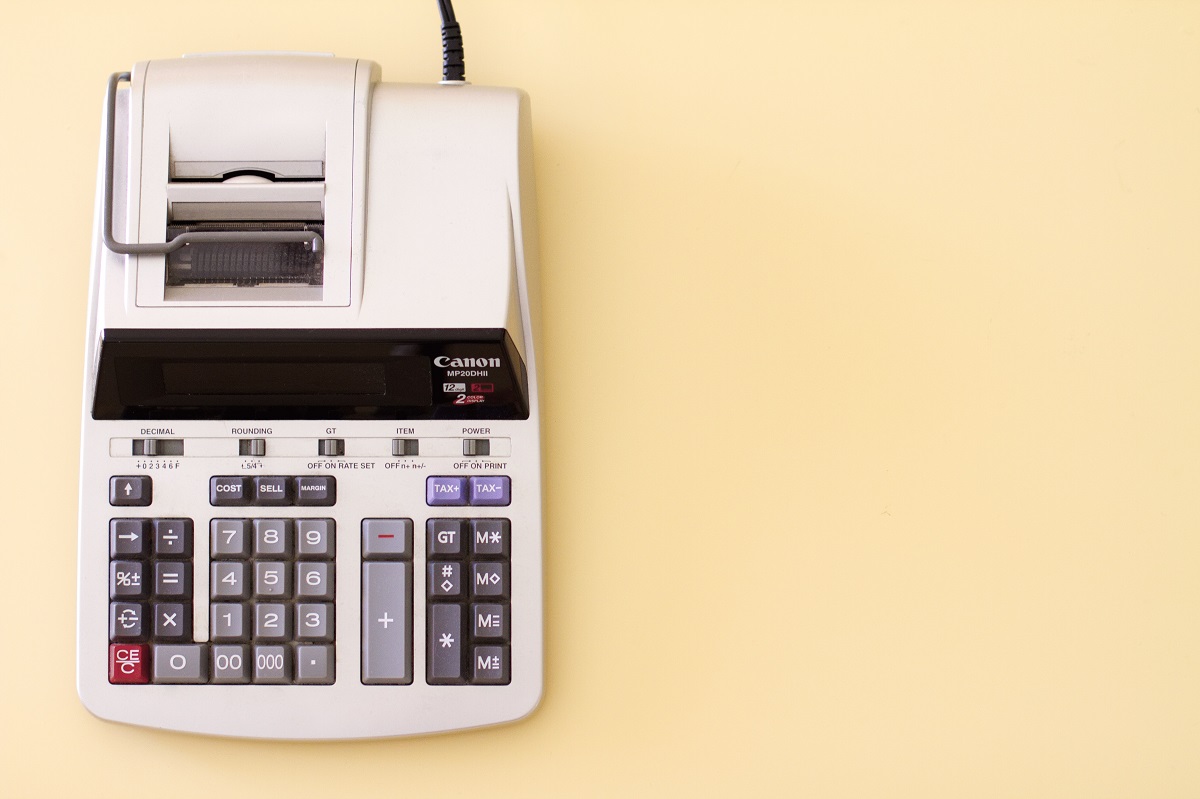
Managing a portfolio of individual securities – stocks, bonds, cash certificates – can be a complex process that prompts many investors to opt for mutual funds and exchange-traded funds (ETFs). However, fund investing runs into a simplicity snag on the taxation side due to the distributions most funds pay out to their unitholders.
Funds are structured as trusts and thus are required by law to pay out any dividends, capital gains and interest earned within their portfolios. As a result, toward the end of the year, as a fund investor, you will receive tax information slips from funds you own – even though you actually might not have received these monies, as in most cases they are automatically reinvested in the fund.
As with information on any tax-information slip – for example, federal T3 and T5 slips, or their respective equivalents for Quebec tax purposes, Relevé 16 and Relevé 3 – you are required to report the income stated therein on your income tax return.
How Your Fund Income is Taxed
As with investment income resulting from your direct investments, interest is fully taxable at your marginal tax rate. (For taxpayers in each province’s respective top tax bracket, this amounts to 53.53% in Ontario, 53.31 % in Quebec and 53.50% in British Columbia).
Eligible Canadian dividends benefit from the dividend tax credit (and thus are taxed in the top bracket at 39.34 % in Ontario, 40.11 % in Quebec and 36.54% in B.C.) Note that Canadian-source dividends not eligible for the dividend tax credit (generally those paid by small private corporations) are taxed a bit higher, while foreign dividends are fully taxable.
Only one-half of realized capital gains are taxable, which means gains in Ontario are taxed at 26.76%, 26.65% in Quebec and 26.75% in B.C.
Return-of-capital distributions are not taxable, as they represent a portion of your original investment. What’s more, ROC will reduce your adjusted cost base (ACB) when you sell units of the fund (see below).
Why You Might Not See the Income That Gets Taxed
How fair can it be, you ask, to pay tax on income you never actually received? In fact, you are compensated for these inclusions of income because the re-invested distributions not only restore your investment value but also serve to increase your adjusted cost base (ACB) – essentially what you paid to acquire the investment. Since capital gains tax is calculated on the difference between your ACB and the price at which you sell the investment, a higher ACB lessens the eventual tax hit when you exit the investment.
Keep an Eye on Your ACBs
Discussion of ACBs is an eye-glazer for many retail investors, but it’s an important practical concept. An ACB is the average price you paid for the units or shares of an investment. If you only bought fund units in one transaction, then the ACB is the cost of those units, plus any fees or commission paid on that purchase. If, however, you made additional, subsequent investments in that fund, you need to average the cost of all your purchases to produce the ACB.
For example, consider an initial investment of 1,000 units at $10 apiece, or $10,000. But if you later added 1,000 more units at $12 each, or an additional investment of $12,000. You now hold 2,000 units, or $22,000, and your ACB is now $11 per unit. If you later sold your entire position at $15 a unit, or $33,000, the capital gain would be $4 a unit (based on the ACB of $11), or $8,000, or which one-half, or $4,000, is taxable in the year the units were sold.
Should You Use Corporate-Class Funds?
Until recently, mutual funds structured as corporations provided a substantial tax-deferral advantage. Under this concept, several distinct portfolios of different asset classes are grouped under a corporate umbrella, allowing investors to move their money around these portfolio sections without triggering capital gains, which is what happens when you switch investments among mutual fund trusts. In 2017, the federal government ended the tax advantage for corporate funds by requiring investors to report gains realized from switches from units of one class to those of another.
However, corporate class funds, while fewer in number since the rule change, still exist. They retain some investor interest because they tend to be more tax-efficient in terms of distributions than mutual-fund trusts.
First off, a corporate-class fund can use expenses that have been paid by its fund classes to offset fully taxable interest and foreign income generated within these portfolios. For example, interest earned within a fixed-income class might be offset by the expenses of another class that had not earned interest income. In addition, capital losses among various classes can be used to offset taxable capital gains.
Corporate-class funds are allowed to distribute Canadian dividends and capital-gains dividends, both of which are taxed more favourably than regular income. However, they are not permitted to distribute interest or foreign dividend income and must be retained within the corporation, where it is subject to taxation unless it can be offset by expenses. Any net income not deducted or distributed will increase a fund’s NAV. When corporate-class shares are eventually sold, all of this retained income will be taxed as capital gains (from the increase in NAV), not as interest or dividends.
Late-Year Fund Investment Strategies for Canadians
Mutual funds generally make distributions of capital gains realized within their portfolios near the end of the calendar year. (Dividend and interest distributions also may be made a intervals earlier in the year.) If you are considering a fund purchase around that time, it is generally advantageous to do so after the fund has made this distribution. Otherwise, you will be purchasing the fund at a higher, pre-distribution NAV. You also will have to report distribution income based on an investment you haven’t held during that year.
Thus, it’s probably better to wait until after the distribution takes place. Once it does, you can buy the units at the lower price and not have to pay tax on capital gains that were incurred long before you bought in.
Check your fund company's website for distribution amounts and payment dates. This information usually can be accessed from the website’s home page, often in the form of a news release.
Note that, if you are selling a fund and replacing it with a different one, you may want to defer these transactions until after New Year’s. This will allow you to defer until next year a capital gain realized from the fund you are selling and avoid receiving a distribution from the fund you are acquiring. On the other hand, your decision might be different if the fund you are exiting will produce a capital loss that could be beneficial to use in the current year to offset any capital gains realized from other investments.




















